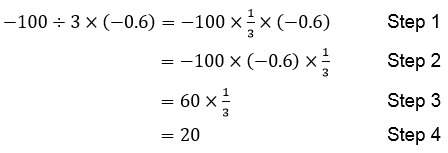
Mathematics, 02.03.2020 23:19 RoyalFox9574
You already know FS of 푥푥(푡푡) =푐푐푐푐푐푐(푡푡) and 푥푥(푡푡) =푐푐푐푐푐푐(푡푡) + 5. We derived the FS coefficients using direct analysis (e. g., Euler formula). Using the same approach, derive exponential FS coefficients 푎푎푘푘=퐷퐷푛푛 of 푥푥(푡푡)= 1 +푐푐푠푠푠푠(2푡푡)Plot the magnitude and phase of 푎푎푘푘 coefficients (2 plots, examples are in slides FS:42-43). Briefly comment on the differences between sin and cos, and the FS coefficient

Answers: 2


Other questions on the subject: Mathematics

Mathematics, 21.06.2019 14:30, Carrchris021
Because of your favorite lemonade it is $3.84 for 3 gallons. write this as an unit rate
Answers: 2


Mathematics, 22.06.2019 00:30, coolman12062
3c2 + 2d)(–5c2 + d) select all of the partial products for the multiplication problem above.
Answers: 2
You know the right answer?
You already know FS of 푥푥(푡푡) =푐푐푐푐푐푐(푡푡) and 푥푥(푡푡) =푐푐푐푐푐푐(푡푡) + 5. We derived the FS coefficients...
Questions in other subjects:


Business, 25.06.2019 10:10












